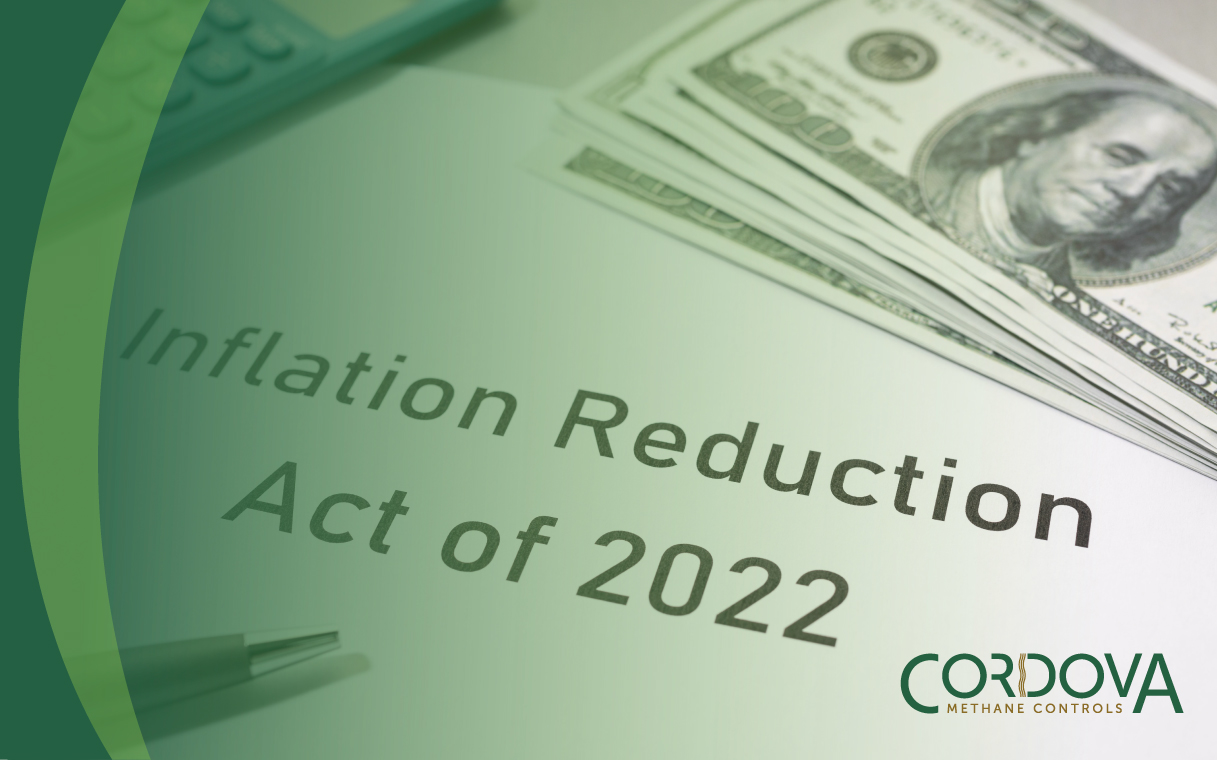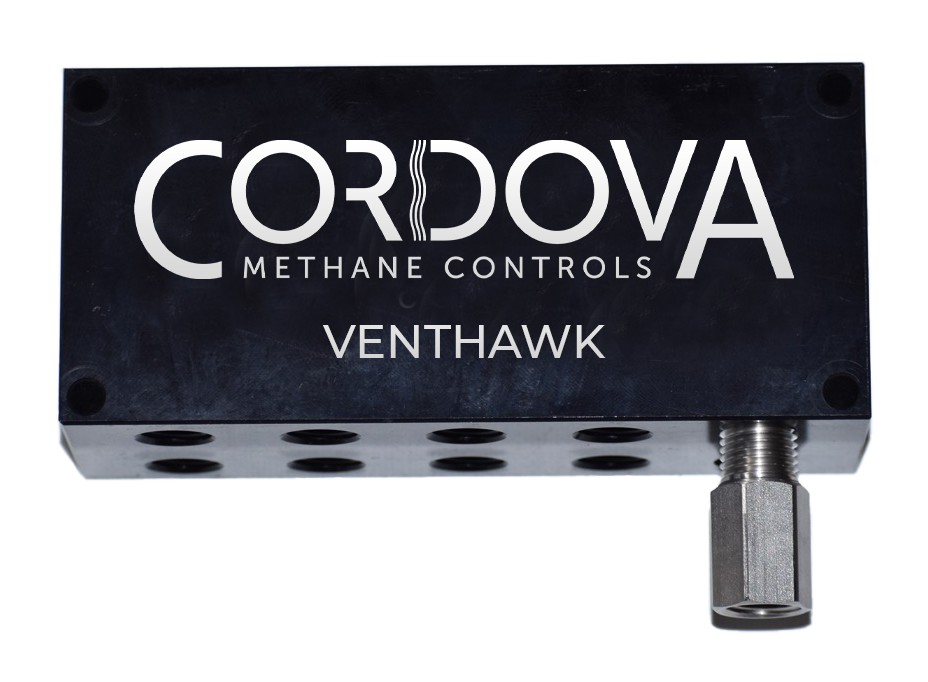
The Most Recent Ruling
Process controllers are pieces of equipment employed in systems across the oil and gas industry to automate parts of a production process, primarily through the operation of valves. While various types of process controllers exist, the U.S. Environmental Protection Agency (EPA) cites pneumatic controllers powered by natural gas as the most common. Whether they are designed as intermittent or continuous bleed controllers, every natural gas-driven pneumatic controller contributes to greenhouse gas (GHG) emissions by releasing methane (CH4) or volatile organic compounds (VOCs) into the atmosphere. As known sources of pollution, pneumatic controllers are included among the many pieces of equipment targeted by the EPA’s latest ruling.
On December 2, 2023, the EPA issued its final ruling on new standards outlined in 40 CFR part 60, subparts B and Ba. The rule establishes a zero-emissions standard of performance for new and existing process controllers, formerly pneumatic controllers. As the name implies, zero-emitting process controllers do not release GHGs like CH4 or VOCs into the atmosphere.
As part of the final ruling, the EPA outlines the following options as the best system of emissions reduction (BSER):
While any new process controllers will adhere to this zero-emissions standard by design, those systems currently utilizing natural gas-driven pneumatic controllers will have to adapt to meet this standard.

Affected Areas & Available Options
Currently, all states outside Alaska have two years to develop and submit rules that adhere to the newest standards. Individual operators will have three years post-EPA approval of their state’s plan to get all required existing process controllers into regulatory compliance. Operators who fail to achieve reporting and emissions compliance will be subject to fines reflecting the severity of their offense. Fortunately, there are several technological interventions designed to convert emitting controllers into closed vent systems by routing pneumatic controllers.
Closed vent systems are composed of any combination of hard piping, ductwork, connections and flow-inducing devices to move gas or vapor emissions as the system necessitates. Because they are not open to the atmosphere, no emissions are lost in the process meaning they can meet zero-emissions standards. Routed processes rely on closed vent systems to transport controller emissions to an enclosed portion of a process that is operational. From there, the emissions are usually recycled and/or consumed in the same manner as a material that fulfills the same function in the process. Conversely, the emissions could also be transformed by chemical reaction into materials that fall outside of the scope of regulation to be incorporated into a product and/or recovered.
Cordova Methane Control’s patented pneumatic vent gas capture and utilization system helps operators achieve zero-emissions compliance with their existing equipment. The system routes exhaust gases from a level controller/dump valve, high/low controller/dump valve or pneumatic temperature controller to VentHawk, and it directs the gas to the pilot line of the separator’s burner system for clean utilization.

As energy companies continue to look for economical solutions to help reduce emissions from the production process, Cordova’s VentHawk enables exploration and production (E&P) companies in the United States and Canada to meet regulatory requirements and environmental, social and governance (ESG) goals. Until now, the only viable options to accomplish this challenge were electric valves or compressed air to replace the venting pneumatics. The VentHawk and VentHawk CH4 have been reviewed and accepted by the states of Colorado, Pennsylvania, New Mexico and Texas as an economical option for producers to implement to attain venting compliance.
For additional information about VentHawk or VentHawk CH4 or to schedule a demo, please contact Cordova sales team member, Tim Westmoreland.
Download Our Guide to New Process Controllers



